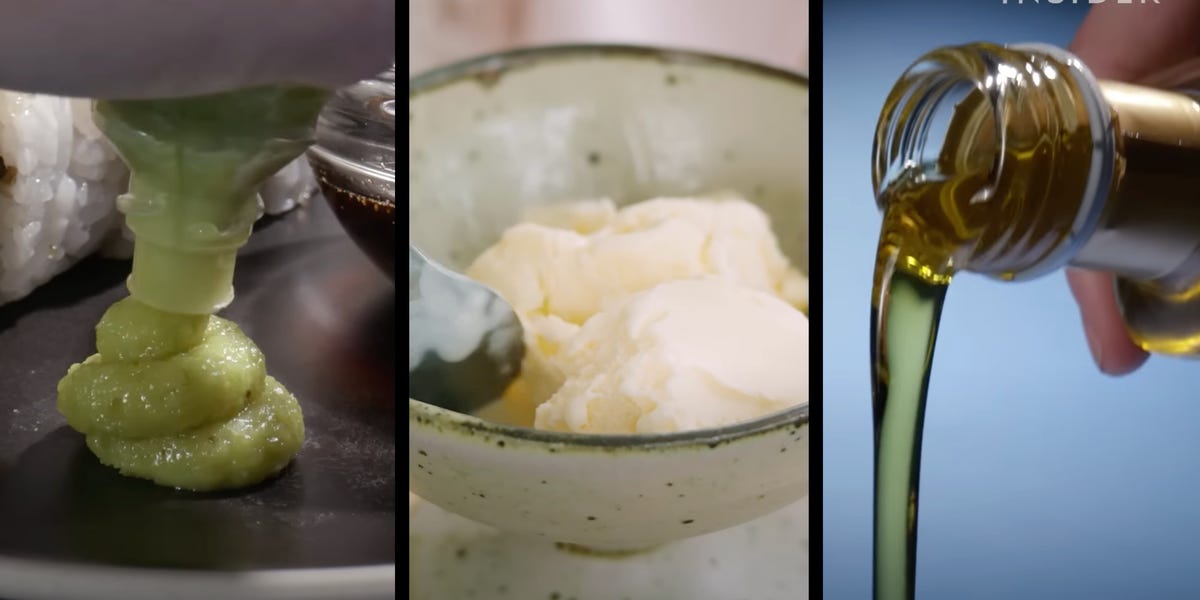- Fraudulent foods cost legitimate producers and pose a risk to consumers, to the tune of $40 billion.
- Some highly prized products – like honey or caviar – are too rare or expensive to meet global demand.
- Here’s how criminals and legitimate companies alike make big bucks selling less expensive substitutes.
When it comes to the flavors that define modern cuisine, not everything is exactly as it seems.
Whether it’s the truffle oil on your french fries, the vanilla in your ice cream, or the wasabi on your sushi, the genuine ingredients are often far too rare – or expensive – to meet global demand.
In response, both legitimate companies and criminal organizations have figured out ways to make big bucks offering less-pricey alternatives to everything from coffee to caviar.
Even as there are perfectly legal ways to do this, there is also a global fraudulent food industry estimated to be worth $40 billion per year, hurting legitimate producers, funding criminal activities, and even potentially harming consumers.
“The main reason why this happens is it’s all about money,” said Larry Olmstead, author of “Real Food/Fake Food: Why You Don’t Know What You’re Eating and What You Can Do About It.”
“The sort of least end of it you’re getting ripped off, at the worst end you’re literally getting poisoned.”
Here are 11 of the most faked food products, and how to spot the real thing.
Read the full article here





